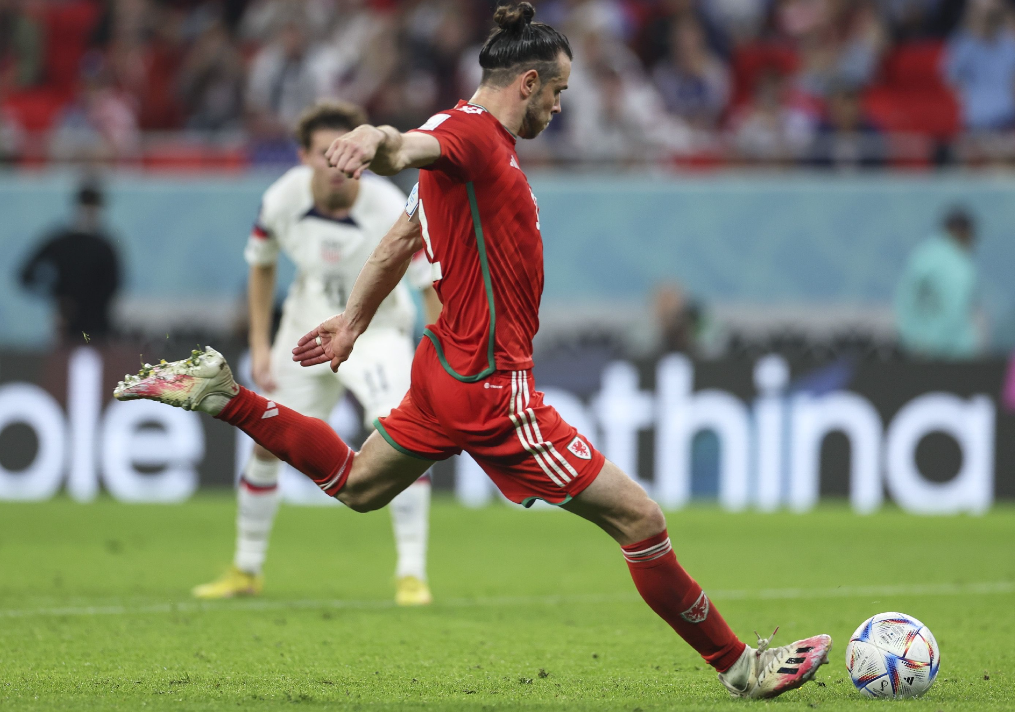
The 1966 World Cup in England featured for the first time the official mascot of the World Cup, a kicking lion named Willie. This new initiative to use cartoon images as a way of publicity has become a milestone in the design of future World Cup mascots.
The ninth World Cup was held in Mexico in 1970, and a mascot named "Juenito" was introduced.
The 1974 World Cup was hosted by the former West Germany. The host country designed one tall thin, one short and one fat German children "Tip" and "Tip".
The 1978 Argentina World Cup, with a playing highland boy as the model, the little boy wearing the Argentine team uniform, the right hand riding crop, wearing a traditional Argentine plateau ethnic top hat.
In 1982, the World Cup in Spain, contrary to the practice of animals or people as the mascot of the World Cup, a fat orange "Naranjito" (Naranjito) as the protagonist.In 1986, the 13th World Cup was held in Mexico, and the mascot introduced was an anthropomorphic pepper named "Pique" wearing a pointed straw hat.
In the summer of Italy in 1990, the designer defied tradition and made a human figure (the Chinese name "Cha 'ao") with a football as the head and 90 green, white and red blocks as the body and limbs, which was very dynamic and creative.
In 1994, the soccer-starved Americans turned to their cartoonish talents, designing a cartoon dog as the World Cup mascot. The brown dog, named Shooter, wore a red and white jersey in the colors of the American flag, blue pants and red and white striped socks, and carried a soccer ball.
In 1998, a cockerel named Footix, a human cheering and leaping cockerel, became the mascot of the World Cup in France. France is the habitat of the Gauls in history, and since ancient times, the French have been quite famous for the worship of the rooster.
The mascot of the 98 World Cup has an obvious French cultural totem. The rooster has a simple and smooth line, and the smooth ball movement has become the signature action of the rooster.
The mascot for the 2002 World Cup featured three space elves, an older, tall leader with a gold body and a soccer ball in his hand, and two smaller ones, one blue and the other purple. The yellow spirit is called Ato, the blue spirit is called Nik, and the purple spirit is called Kaz.
With a bright Oriental color. According to the organizing committee, the outer space elves live in the atmosphere and play a space-based version of football, symbolizing "harmony, unity and cooperation."
The mascot of the 2006 FIFA World Cup in Germany was named "Goleo VI". He is a lovely lion. "Gorio VI" is 2 meters tall and is the first time since the 1974 World Cup that the World Cup has a "living" mascot. King Gorio VI was accompanied by a talking soccer ball named Philly.
The first two letters of Zakumi's name are short for "South Africa" in Afrikaans, followed by "KUMI" which means "10" in many African languages, referring to the year in which South Africa hosted the World Cup - and the jersey numbers worn by most of the top footballers. The baby leopard was set to be born in 1994, symbolizing the founding of the new Republic of South Africa.
The mascot of the 2014 FIFA World Cup in Brazil is an armadillo. "Alien" Ronaldo, a former World Player of the Year and current board member of the World Cup Organizing committee, introduced viewers to the armadillo that will become the symbol of the World Cup in Brazil.
The mascot of the 2018 World Cup in Russia, the cartoon Wolf, has been chosen.
The 2022 Qatar World Cup mascot "La'eeb" is a cartoon character that means "skilled player" in Arabic.
It encourages people to believe in themselves and will lead everyone to enjoy the joy of football.
On 20 March 2024, Morocco, Portugal and Spain announced the slogan and ambassadors for the 2030 World Cup. The slogan Yalla Vamos 2030 means forward to 2030.

